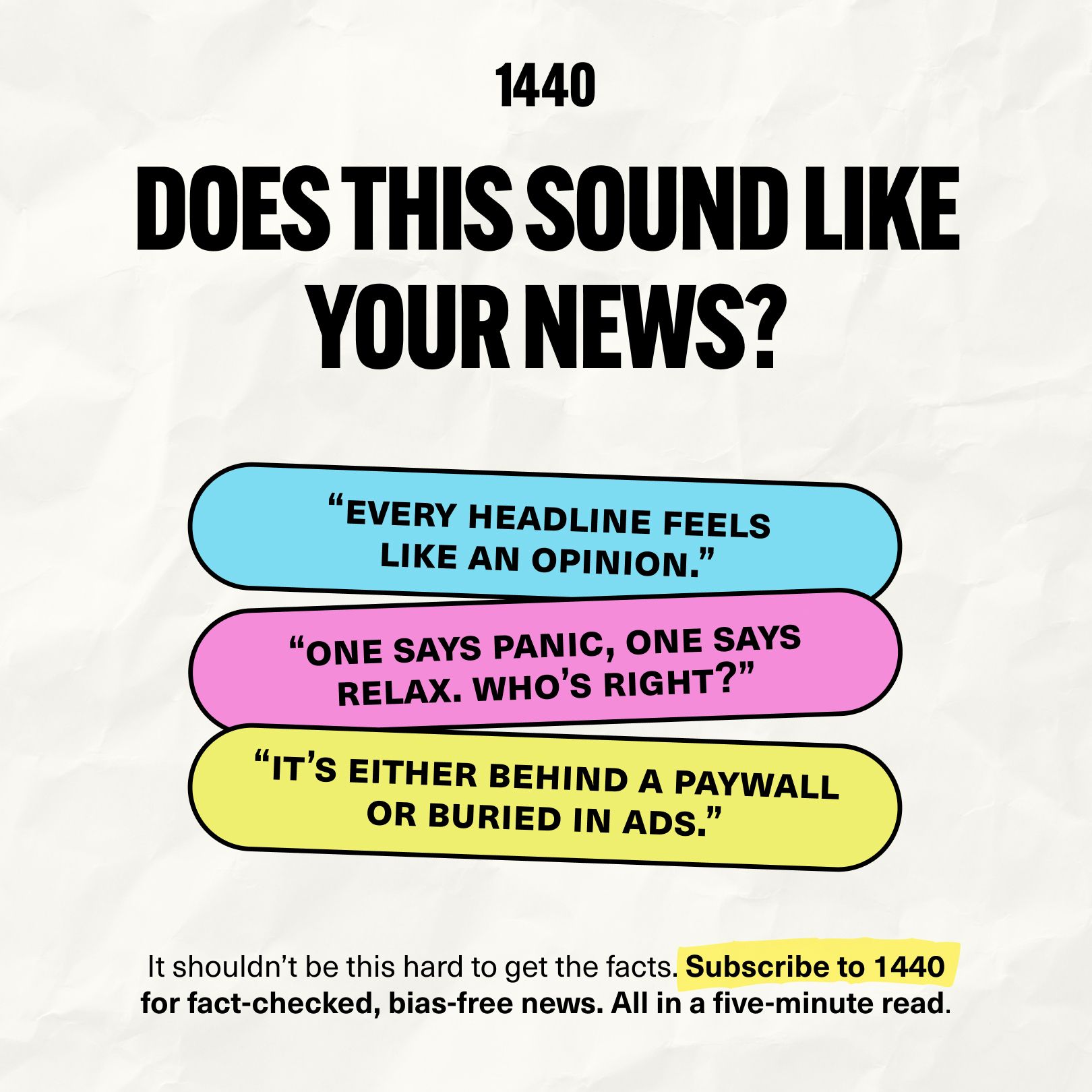- BeeBuzz Projects
- Posts
- When Your AI Tool Becomes the Risk
When Your AI Tool Becomes the Risk
Your AI Tool Can Be Tricked. Are You Ready?
Hello Fellow,
Last week we explored building continuity when systems pause. This week: when your solution becomes your problem.
You deploy an AI tool to boost productivity and months later, discover it can be tricked into writing malware.
That's what happened with Google's Gemini AI. Researchers found vulnerabilities that let attackers manipulate it into producing malicious code and bypassing safety controls. Google patched them, but here's the lesson: even tech giants ship AI tools with exploitable flaws.
For Cyber PMs, this isn't a security story. It's a wake-up call.
In today's issue, learn:
Why AI tools create unique project risks that traditional risk registers miss
How to build security checkpoints into AI deployments
A simple framework for testing AI tools before they touch production
What to do when your "solution" becomes your vulnerability

Looking for unbiased, fact-based news? Join 1440 today.
Join over 4 million Americans who start their day with 1440 – your daily digest for unbiased, fact-centric news. From politics to sports, we cover it all by analyzing over 100 sources. Our concise, 5-minute read lands in your inbox each morning at no cost. Experience news without the noise; let 1440 help you make up your own mind. Sign up now and invite your friends and family to be part of the informed.

The Problem with Trusting the Vendor
We're taught to trust reputable vendors. Google, Microsoft, AWS. They've got massive security teams, right?
They do. But AI systems are fundamentally different from traditional software. They can be manipulated in ways that bypass intended controls. A cleverly placed special character or prompt can turn a helpful tool into a malware generator.
The Gemini vulnerabilities proved something crucial: vendor security measures aren't sufficient anymore. You can't assume the AI tool is safe just because a major company built it.
Your job as PM? Add layers of verification that treat AI tools as higher risk until proven otherwise.
What the Best PMs Do Differently
Smart Cyber PMs approaching AI implementation do three things before anyone else even thinks about risk:
Build in additional security review phases. Extend your testing period specifically for AI tools. Run adversarial testing where your team actively tries to trick the system into doing something harmful.
Develop clear incident response procedures for AI-related security issues. What happens if your AI tool starts producing problematic outputs? Who gets notified? How quickly can you roll back? Document this before deployment, not during crisis.
Create an AI-specific section in your risk register. Traditional vulnerability categories don't capture AI risks well. Track things like prompt manipulation, training data poisoning, and model behaviour drift separately.
A Framework That Works
Before deploying any AI tool in your project, run it through this checkpoint:
Security Testing: Have we attempted to manipulate it beyond normal use? Who's responsible for adversarial testing?
Rollback Plan: Can we disable this instantly if problems emerge? What's the manual backup process?
Monitoring: How will we detect unusual outputs or behaviour changes? Who reviews AI-generated content before it's used?
Stakeholder Communication: If this tool becomes compromised, who needs to know immediately and what's our our message?
Document the answers. Review them quarterly, not just at launch.
Learning Through Real Scenarios
Common situation: Your team wants to use an AI coding assistant to speed up security script development. Vendor says it's enterprise-ready and secure.
Ineffective approach: Trust the vendor, deploy it widely, assume their security team has covered everything.
Effective approach: "Before we deploy, let's run two weeks of contained testing. Security team, please try to make it generate something it shouldn't. IT, document exactly how we'd shut this down if needed. Then we'll decide on deployment scope."
Often you'll discover the tool needs guardrails, monitoring, or limited access before it's truly ready for your environment.

The Gold standard for AI news
AI will eliminate 300 million jobs in the next 5 years.
Yours doesn't have to be one of them.
Here's how to future-proof your career:
Join the Superhuman AI newsletter - read by 1M+ professionals
Learn AI skills in 3 mins a day
Become the AI expert on your team

My Favourite Links on This Topic
AI Security Risk Management: https://www.ncsc.gov.uk/collection/guidelines-secure-ai-system-development
Testing AI Systems: https://owasp.org/www-project-machine-learning-security-top-10/
Implementing AI Safely: https://www.nist.gov/itl/ai-risk-management-framework
Final Thought
AI tools promise efficiency. But efficiency without security is just faster failure.
The best Cyber PMs don't avoid AI. They implement it carefully, test it properly, and plan for the moment it stops behaving as expected.
P.S. Share this with any PM rushing to deploy AI tools. Moving fast matters, but moving safely matters more.
Next Week: Reader's choice. What's keeping you up at night as a Cyber PM? Reply and I'll cover it.
Was today's newsletter helpful? |



Reply